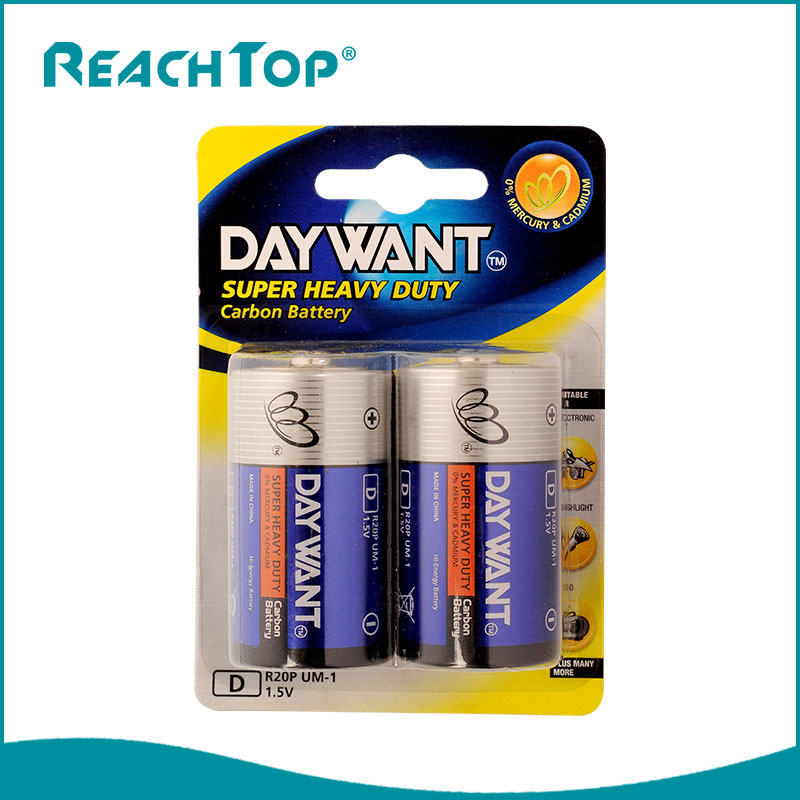Comprehensive treatment technology of Zn-MnO₂ Dry Battery
2022-07-29
Research on waste battery treatment and resource recycling technology is conducive to saving and reusing resources, reducing environmental pollution, improving human living environment, and forming a circular economy of conservation and sustainable development, which is in line with the country's long-term, stable and sustainable development. Strategic goals, It has huge economic and social benefits.
Dry method: also known as high temperature decomposition method, which can be divided into atmospheric metallurgy and vacuum metallurgy. The basic principle is to oxidize, reduce, decompose, volatilize and condense the metals and compounds in the waste dry battery at high temperature. The advantage is that no new impurities are introduced in the process, the recovered product has high purity, and the mercury removal effect is good. The disadvantage is that it consumes a lot of energy. , Equipment costs are high. This method has been widely used in Switzerland, Japan, Sweden, the United States and other countries.
Wet method: Based on the nature of the metal and its compounds in the waste dry battery being easily soluble in acid, it is first dissolved, and the solution is used to produce chemical by-products such as zinc sulfate, manganese sulfate, etc., or the solution is purified and then used to produce Zn, MnO2, etc. The advantages are less equipment investment and lower operating costs; the disadvantages are that more chemicals are added, the product purity is low, and the process flow is long, which may cause secondary pollution. Germany, Austria and other countries have adopted this method to establish waste dry battery treatment and recycling plants.
Dry and wet method: Combine the dry method and the wet method, take advantage of their respective advantages and avoid their respective shortcomings, and form a new process technology and method for the treatment and recycling of waste batteries. Many countries in the world are also studying or using this method. Waste batteries are treated and recycled. The vacuum metallurgy method in the dry process of waste dry battery recycling and processing technology based on vacuum technology has the advantages of good mercury removal effect, no introduction of new impurities, high purity of recycled products and little pollution to the environment. Disadvantages: In order to recover the iron and manganese dioxide in the dry battery, it needs to be reduced at high temperature, and the energy consumption is high. Some metals can be recovered by other relatively simple methods, but are also heated in vacuum for long periods of time, increasing throughput and energy consumption. The advantages of the wet method are less equipment investment and lower operating costs. The pure wet method has shortcomings; the recovery of mercury is incomplete, the process is complicated and the process is long, and the compounds formed during the treatment process may cause secondary pollution.

status quo
The commonly used technologies for the treatment and recycling of waste dry batteries are mainly divided into three categories: dry method, wet method, and dry-wet method.Dry method: also known as high temperature decomposition method, which can be divided into atmospheric metallurgy and vacuum metallurgy. The basic principle is to oxidize, reduce, decompose, volatilize and condense the metals and compounds in the waste dry battery at high temperature. The advantage is that no new impurities are introduced in the process, the recovered product has high purity, and the mercury removal effect is good. The disadvantage is that it consumes a lot of energy. , Equipment costs are high. This method has been widely used in Switzerland, Japan, Sweden, the United States and other countries.
Wet method: Based on the nature of the metal and its compounds in the waste dry battery being easily soluble in acid, it is first dissolved, and the solution is used to produce chemical by-products such as zinc sulfate, manganese sulfate, etc., or the solution is purified and then used to produce Zn, MnO2, etc. The advantages are less equipment investment and lower operating costs; the disadvantages are that more chemicals are added, the product purity is low, and the process flow is long, which may cause secondary pollution. Germany, Austria and other countries have adopted this method to establish waste dry battery treatment and recycling plants.
Dry and wet method: Combine the dry method and the wet method, take advantage of their respective advantages and avoid their respective shortcomings, and form a new process technology and method for the treatment and recycling of waste batteries. Many countries in the world are also studying or using this method. Waste batteries are treated and recycled. The vacuum metallurgy method in the dry process of waste dry battery recycling and processing technology based on vacuum technology has the advantages of good mercury removal effect, no introduction of new impurities, high purity of recycled products and little pollution to the environment. Disadvantages: In order to recover the iron and manganese dioxide in the dry battery, it needs to be reduced at high temperature, and the energy consumption is high. Some metals can be recovered by other relatively simple methods, but are also heated in vacuum for long periods of time, increasing throughput and energy consumption. The advantages of the wet method are less equipment investment and lower operating costs. The pure wet method has shortcomings; the recovery of mercury is incomplete, the process is complicated and the process is long, and the compounds formed during the treatment process may cause secondary pollution.





